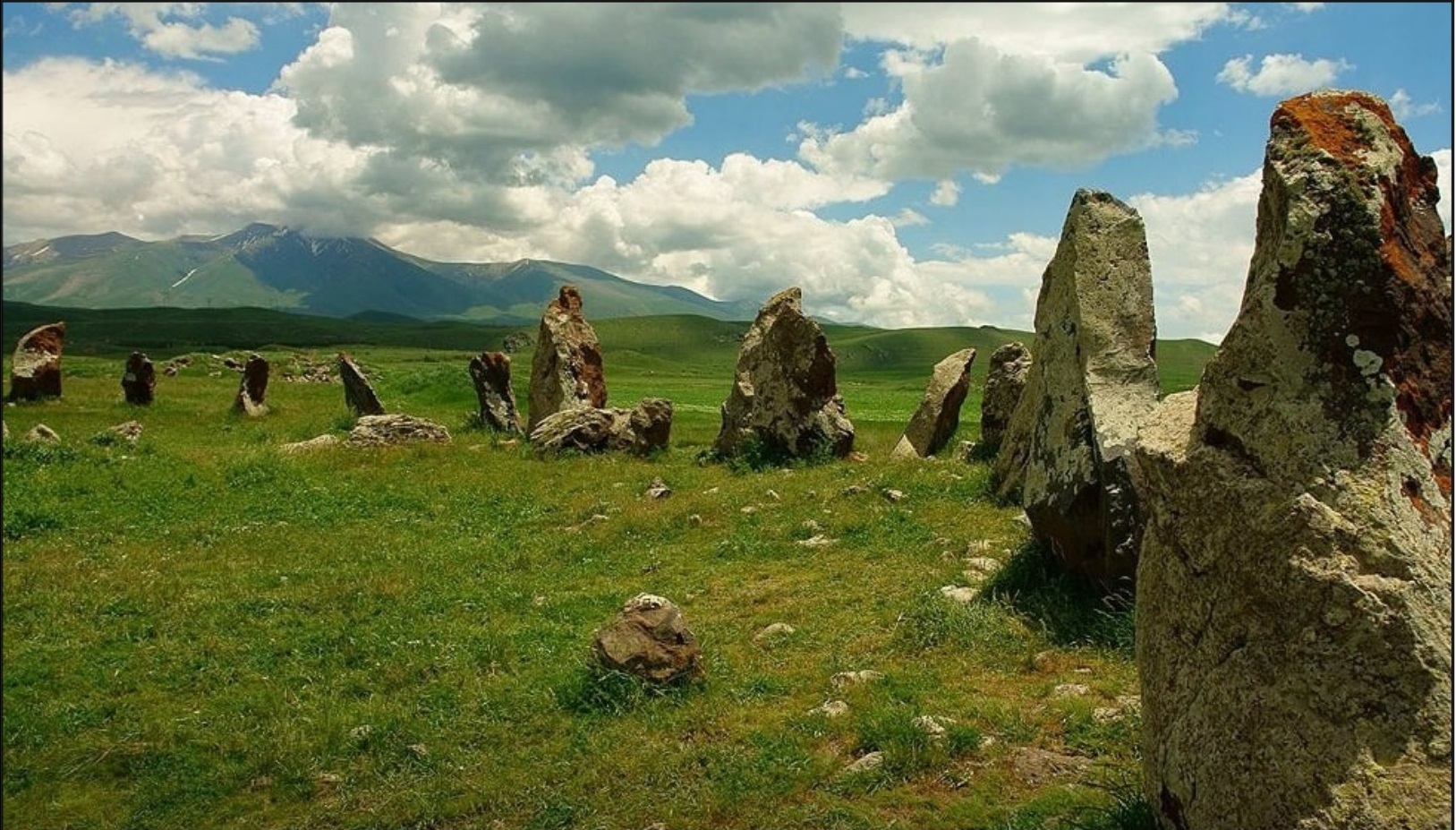
Western Azerbaijan in Ancient Times
After the fall of the Urartu kingdom in the early 6th century BC, a new phase began in the history of the population living in the territories of Azerbaijan around Irevan. This period, spanning from the 6th to the 4th centuries BC, covers the time from the decline of the Urartu kingdom to the eastern campaign of Alexander the Great. During this era emerged several new settlements of the ancient tribes living in the regions around Irevan. In the western part of Azerbaijan, particularly in the areas around Irevan, a considerable number of material and cultural artifacts related to the Scythian tribes, primarily engaged in seasonal nomadic animal pastoralism, have been discovered. Archaeological investigations have led to the discovery of their traces around Irevan, in the Lake Goycha basin, and in the highlands of Aghbaba, Pempek, and Shoryel.
The presence of abundant fresh water sources, rich flora and fauna, and natural resources in the areas around Irevan were the main factors that facilitated human habitation in this region since ancient times. Dolichocephalic skulls related to the ancestors of modern Azerbaijani Turks have been discovered in various regions such as Goycha, Shoryel, Irevan, Deraliyez, Gernibasar, and others in Western Azerbaijan. Many of the ancient settlement areas around Lake Goycha have an age of over four thousand years. In Shoryel, the discovery of dolichocephalic skulls in burial monuments from the Late Bronze Age and Early Iron Age confirms their affiliation with local Turkic tribes, rather than brachycephalic Armenoids. Information from ancient sources about the settlement of the Scythians in the modern Armenian territory finds its confirmation in the material and cultural artifacts discovered through archaeological excavations, as well as anthropological evidence.
In the Sirak Plain of Shoryel, many kurgans belonging to the Early Iron Age have been discovered, including those in the area of Qara Qala, near Lori Castle, and in the vicinity of Deliqardash village on the right bank of Ayricay River, as well as near Nereduz village. These areas were summer pastures for the productive tribes that laid the foundation of the Kura-Araxes civilization. Numerous dolichocephalic skulls related to the ancient ancestors of Azerbaijani Turks have been found in the burial monuments of this region. Research into the discovered dolichocephalic skulls from various locations across the present-day territory of Armenia confirms that the ancient Turkic tribes were the autochthonous population of the region. Notably, the Armenians, who call themselves “Hay,” possess the brachycephalic (round-headed) skull formation characteristic of the “Armenoid type.” However, the archaeological excavations in Armenia have revealed the presence of dolichocephalic skull formations among the most ancient inhabitants.
While Armenians might have migrated from Anatolia to the Caucasus, they were not the indigenous population of Anatolia either. The prominent Turkish anthropologist M.S. Şenyürek, through extensive research, concluded that Armenians were not the ancient inhabitants of Anatolia. In the 1930s, German researchers conducted studies in the Indus River basin, discovering skull formations related to the Armenoid type. This indicates that the Hays, whose homeland is Northern India, settled in Western Asia at a later stage. Hays did not live in South Caucasus, including around Irevan, either in the pre-BC millenniums or during the early centuries of the AD. From the west of the Caspian Sea to various regions of Azerbaijan, as well as in Kultəpə in Nakhchivan related to the VI-II millennia BCE, in the Xachbulaq highland in Dashkesen dating to the middle of the II millennium BCE, in Qarabagh mounds, and in Mingachevir dating to the early I millennium BCE, dolichocephalic skulls have been discovered. These skulls belong to the ancient Azerbaijani Turks who were the indigenous population of the regions around Irevan. Their anthropological characteristics and genetic makeup align with the same ethnic type. Strongholds such as Senger, Berk Qala, Dashlı Qala, Kolagiren, Yeridar, and Atamkhan in Western Azerbaijan were the most reliable locations where the local Turkic tribes defended against foreign attacks.
The Scythians occupy a prominent place among the ancient Turkic tribes living in the vicinity of Irevan. Archaeological excavations conducted here confirm that the Scythians were the most powerful factor in the military and political sphere in this region during the 7th-6th centuries BCE. In the area of Shamshadin, the discovery of burial monuments dating back to the 5th-4th centuries BCE, located 300 meters west of the Tovuzgala cyclopean fortress, and the findings of monuments in the northern-western part of the Azerbaijan Republic help us to define the borders of a unique cultural area in the region. In the Shorayel region, cultural examples found in the graves from the Post-Urartu period in the village of Chiragli share similarities with materials discovered in various places, including Kirmizitepe (Teishebaini Fortress) near Irevan, the village of Bash Gerni in the north of Irevan, the village of Beshdash (Barmaqsiz) in Borchali, as well as materials found in the areas of Ganja and Mingachevir. These findings, dating back to the 6th-4th centuries BCE, offer insight into the history of ancient Turkic tribes, particularly the Scythian-Sak tribes.



